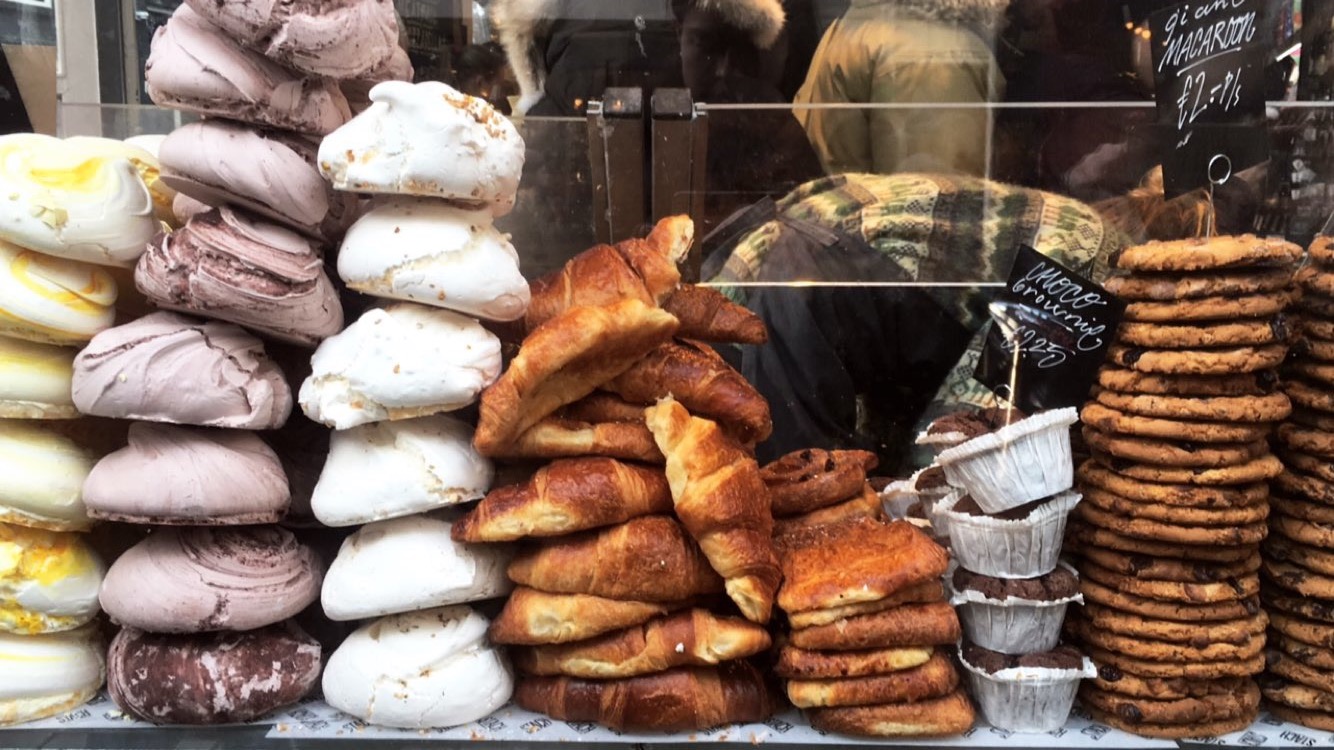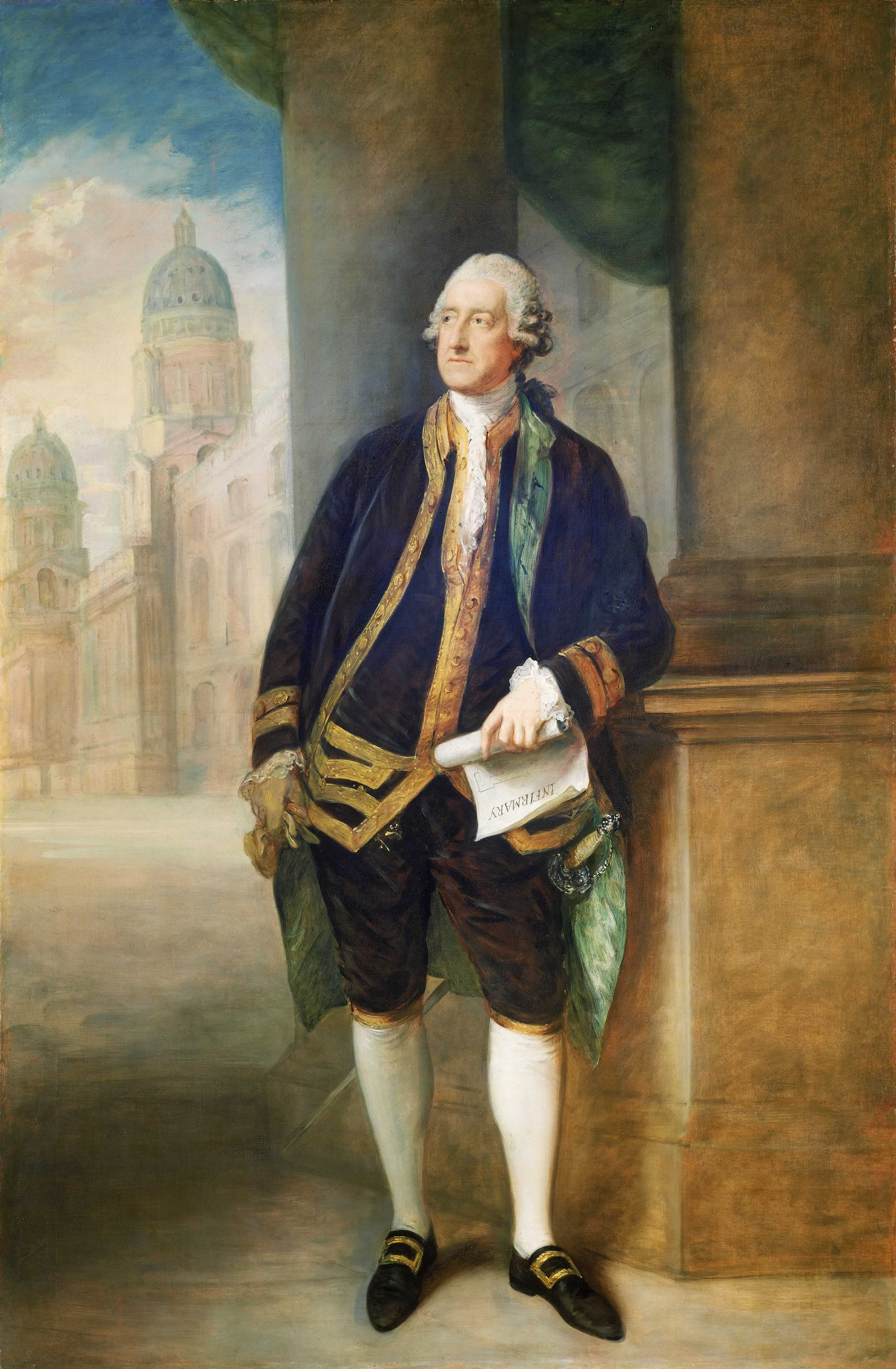Eat Your Textbook #1

the history of bread... and all the other facts you wish you knew about the carb-y staple
Quick breads, flat breads, yeast breads, sweet breads - the amount of bread the world consumes, in so many different ways, is a bit overwhelming at points. Especially to think that it all dates back to the Neolithic Period (10,000 b.c.e- 4,000 b.c.e), when hunters and gatherers slowly started transitioning to an agrarian or farm based lifestyle. It was during this period that people began to have steady access to grains - and wanted to make something with them. It started out as a thick cold porridge, then slowly, over years of recipe development, became thicker.. and thicker and thicker.. cooked over an open fire until it resembled a flat bread. Modern day tortillas and Indian chapattis date back to this time period.
Although there was grain cultivation throughout the world, the Egyptians were probably the most strongly devoted. After developing the first grinding stone in 8000 b.c.e, and organizing grain production between 5000 b.c.e and 3500 b.c.e - the Egyptians knew their wheat (and beer). Scholars believe that through their experience with beer brewing, the warm climate, and the luck of wild yeast, when dough left out began to ferment - the Egyptians took a chance on cultivating and baking the new "sour dough", resulting in the first production of traditional sourdough in the world.

Yeasted bread soon spread through the Middle East and into India. Plowshares were introduced. Yeasted bread became a staple in Rome, by 450 b.c.e the water mill was developed in Greece, and by 100 c.e the wind mill prototype was developed by the Persians. As technology bounded forward, so did peoples social perception of bread. In Rome, the upper class refused to eat whole grain breads, only accepting expensive, white flour breads. In Greece, there were over 70 different types to make bread. Jumping forward to the Medieval period, the response to white bread remained the same - only for the upper class.

Bread took another step forward with the invention of the sandwich, by the Earl of Sandwich the 4th - John Montagu. Rumor has it he was a heavy gambler and did not want to stop the game to eat, so he requested slices of meat between two slices of bread. Over time many of his buddies began to order "the same as Sandwich" and the term was born. However ease of eating was not the only development since the seventeenth century - the rolling mill was also invented, which made it much easier to separate the parts of wheat from each other, forever changing the texture of flour to the consumer.
Modern bread has drastically changed from baking in communal bake houses (where you knew your baker and where your wheat was coming from). Post industrial revolution, today's flour is bleached and bromated, then enriched with all the vitamins and minerals that were removed during that process. Although there are still some small bakeries, most bread production is by large companies sold through grocery stores full of emulsifiers and anti-mold agents.
Yet no matter what type of bread you prefer - white, grocery store wonder bread or artisanal whole wheat - I think we can all agree that bread is pretty great and to think that leavened bread was basically all an accident, is even more incredible.
found this topic interesting? check out these links below to learn more:
encyclopedia.com
history of bread
food timeline
science of bread making
images: earl of sandwich, egyptian visual recipe